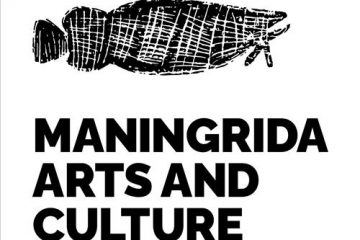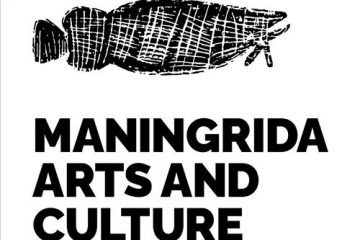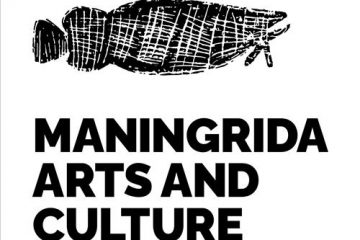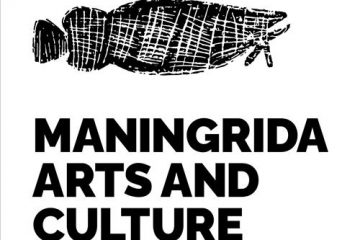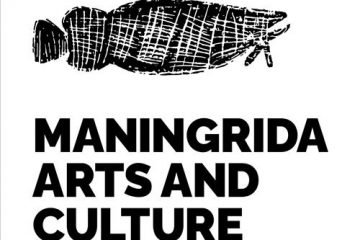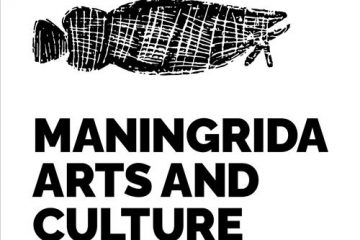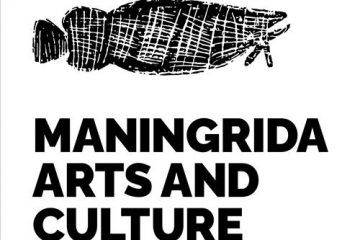Maningrida Arts & Culture
111981715721
Djamo (dog) The djamo (dog) holds special mythological as well as practical significance for people of Central Arnhem land, particularly women. The men used to go hunting with a spear and the women with a dog. If the men didn’t catch Read more…
Maningrida Arts & Culture
111981715677
Bush Jewellery – Necklace The women of Maningrida and surrounding homelands use a combination of locally found seeds, bone and shells to make a variety of jewellery including necklaces. earrings and bracelets. Many of the artists use complex patterns and designs Read more…
Maningrida Arts & Culture
111981715662
Burlupurr (Dilly Bag) Burlupurr, or dilly bag, is a large woven collecting basket. These large bags are often made from the vine ‘Malasia scandens’, a strong pliable plant which grows along the floor and into the canopy of monsoon vine Read more…
Maningrida Arts & Culture
111981715647
Bush Jewellery – Bracelet The women of Maningrida and surrounding homelands use a combination of locally found seeds, bone and shells to make a variety of jewellery including necklaces. earrings and bracelets. Many of the artists use complex patterns and designs Read more…
Shire of East Pilbara (Martumili Artists)
111581715962
Untitled “When Martu paint, it’s like a map. Martu draw story on the ground and on the canvas, and all the circle and line there are the hunting areas and different waters and tracks where people used to walk, and Read more…
Shire of East Pilbara (Martumili Artists)
111581715938
Tuwa around Western Desert The traditional lands of the Martu people encompass the Great Sandy Desert and Rudall River regions of Western Australia, an enormous tract dominated by distinctive red tali, or tuwa (sandhills). These sandhills present an unforgiving landscape; Read more…
Shire of East Pilbara (Martumili Artists)
111581716139
Untitled This painting portrays physical elements of Martu Country, such as the dominant tali (sandhills), warta (trees, vegetation), and water sources. Rock holes, waterholes, soaks and springs were all extremely important sites for Martu people during the pujiman (nomadic bush) Read more…
